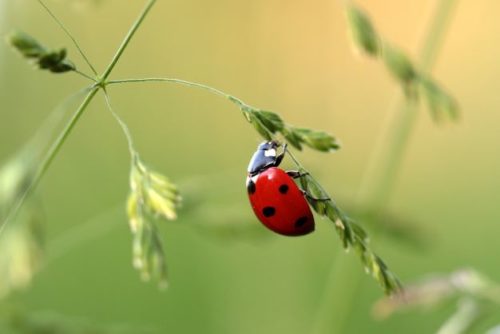If we say that in future the insects will be a key supplier of proteins , instead of coming from dairy and meat, how you will react. The reaction in large part of societies we live in will be from disgraceful to the extreme of amazement. The cockroach in your house is often considered a nuisance yet few people understand that insects provide food with minimal environmental impact. Many societies around the world, enjoy their insects because of their taste and accepted culture. The consumption of insects is called entomophagy.
As the population increases to 9 Billion by 2050, with vagaries of weather, sustainability in diets will be an important factor for human survival . Animal food is the biggest supplier of calories and proteins through Meat and Dairy. But meat and dairy is also the biggest contributor to GHG emissions. The contribution from ASF (animal-sourced foods) has to come down to significant factors for reducing the rise in global warming, reducing freshwater usage, and freeing the land.
Insects form part of the diets of at least 2 billion people. More than 2000 species have reportedly been used as food (van Huis 2013). The insects play an important role as pollinators in plant reproduction, in improving soil fertility through waste bioconversion, and in natural biocontrol for harmful pest species, and they provide a variety of valuable products for humans such as honey and silk and medical applications such as maggot therapy.
The key benefits of Insects in nature
| Benefit | Details about Benefits |
| Benefits for nature | 1. Pollination for plants 2. Waste biodegradation 3. Control harmful pest species |
| Benefits for Humans | 1. Honey and silk. |
An alternative source of Proteins
Five protein sources, i.e., Pulses, algae, insects, plant-based meat alternatives, and cultured meat, are identified as protein from alternative sources. As per studies, the acceptance of alternative proteins by the consumer is not very high, with insects being at the lowest rung of the acceptability followed by cultured meat. Plant-based alternative meat products are the most accepted product from alternative protein sources. Generally, consistent drivers for the acceptability of alternative proteins are taste, health, familiarity, attitudes, food neophobia and social norms. Hence as per Looy H.et.al (2014), the key to sustainable foods from insects are : (1) Being aware of insects’ potential in a positive way, (2)insects as a desirable food resource, (3) removal of negative barriers towards insects (4)How we can change ourself to alternatives like insects.
Commonly consumed insects
| Common name | Scientific name | Consumption percentage |
| Beetles | Coleoptera | 31 |
| Caterpillar | Lepidoptera | 18 |
| Bee, Wasp and Ants | Hymenoptera | 14 |
| Grasshoppers, Locusts and Crickets | Orthoptera | 13 |
| Cicadas, Leafhoppers, Planthoppers, Scale insects and true bugs | Hemiptera | 10 |
| Termites | Isoptera | 3 |
| Dragonflies | Odonata | 3 |
| Flies | Diptera | 2 |
| Other | 5 |
(Source: Edible insects Future prospects for food and feed security by FAO FORESTRY PAPER )
Why we should eat insects.
| Factor | Benefits | Key Points |
| Health | Insects are healthy, nutritious Rich in protein and good fats and high in calcium, iron and zinc | The nutritional value of edible insects is highly variable because of the wide range of edible insect species. For example, the composition of unsaturated omega-3 and six fatty acids in mealworms is comparable with that in fish (and higher than in cattle and pigs), and the protein, vitamin and mineral content of mealworms is similar to that in fish and meat. |
| Environmental | Lower greenhouse gases (GHGs) than livestock Insect rearing do not require land. As insects are cold-blooded they are efficient in converting feed into protein with higher efficiency. | They also can be fed on organic wastes hence reducing the environmental impact |
| Livelihoods | Insect harvesting/rearing is a low-tech, low-capital investment which makes the reduced entry barrier even for very low in society | They can be the biggest supplier of protein plus reducing the impact of the livelihood |
(Table adapted from Edible insects Future prospects for food and feed security by FAO FORESTRY PAPER )
How we eat the same, the processing part
Insects are often consumed whole but can also be processed into granular or paste forms. Extracting proteins, fats, chitin, minerals, and vitamins is also possible through the cost of technology is still high.
The future
Insects have enormous potential in coming years for meeting nutrition security. How to move in future requires first mapping the nutritional value of the insects. Any effort to release insects’ colossal potential for enhancing food security requires the complete mapping of macro and micronutrients derived from insects. After that, a clear and comprehensive legal framework for consumption and cultivation will help the industry grow in a scalable manner.

